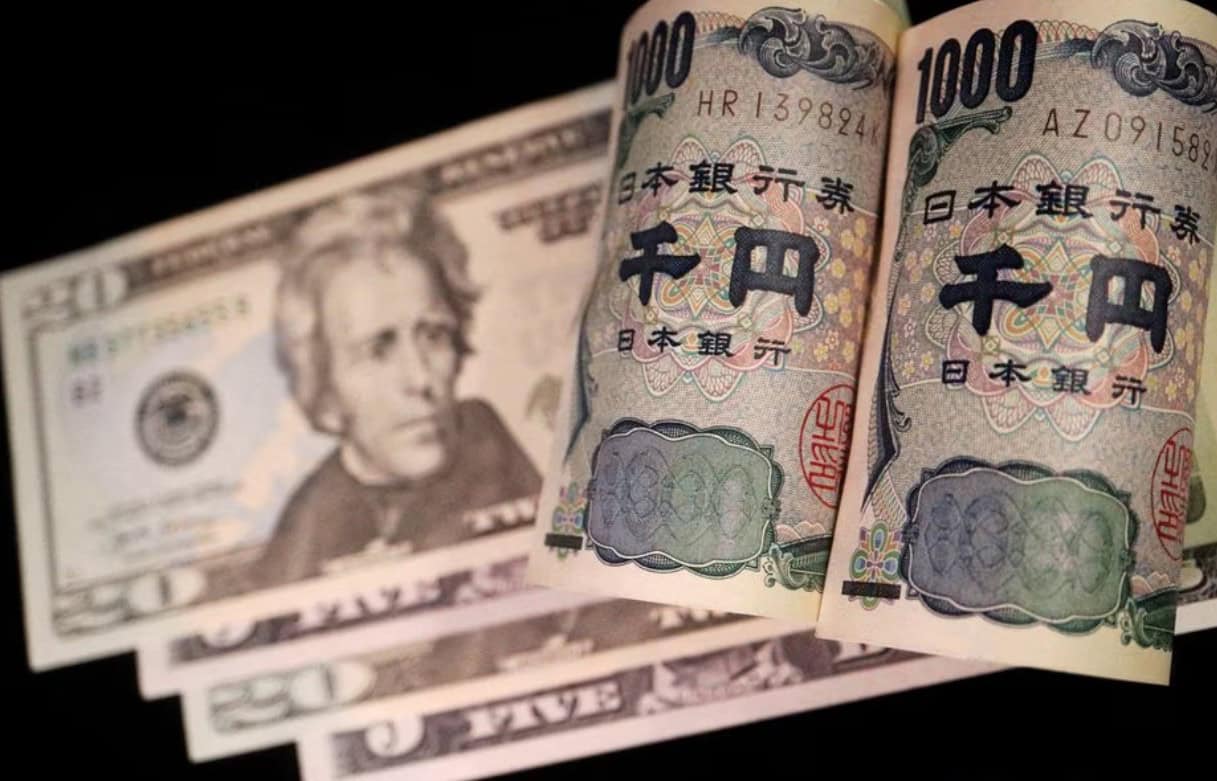Global debt hit a record $307 trillion in the second quarter of the year despite rising interest rates curbing bank credit, with markets such as the United States and Japan driving the rise, the Institute of International Finance (IIF) said on Tuesday.
The financial services trade group said in a report that global debt in dollar terms had risen by $10 trillion in the first half of 2023 and by $100 trillion over the past decade.
It said the latest increase has lifted the global debt-to-GDP ratio for a second straight quarter to 336%. Prior to 2023, the debt ratio had been declining for seven quarters.
Slower growth, alongside a deceleration in price increases, were behind the debt ratio rise, the report said.
“The sudden rise in inflation was the main factor behind the sharp decline in debt ratio over the past two years,” the IIF said, adding that with wage and price pressures moderating, even if not to their targets, they expect the debt to output ratio to surpass 337% by year-end.
More than 80% of the latest debt build up had come from the developed world with the U.S., Japan, Britain and France registering the largest increases. Among emerging markets, the biggest rises came from the largest economies, namely China, India, and Brazil.
“As higher rates and higher debt levels push government interest expenses higher, domestic debt strains are set to increase,” the IIF said.
The report found that household debt-to-GDP in emerging markets was still above pre-COVID-19 levels, largely due to China, Korea and Thailand. However, the same ratio in mature markets has dropped to its lowest level in two decades in the first six months of the year.
“Should inflationary pressures persist in mature markets, the health of household balance sheets, particularly in the U.S., would provide a cushion..against further rate hikes,” it said.
Markets are not pricing in a U.S. Federal Reserve rate hike in the near future, but the target rate of between 5.25% and 5.5% is currently expected to remain in place until at least May of next year, according to the CME FedWatch tool.
Rates are expected to remain high for a long period in the United States, which could pressure emerging markets as needed investment is funnelled to the less-risky developed world.
The Fed is expected to leave rates unchanged at the end of its meeting on Wednesday, but could signal that it is open to further rate hikes.

